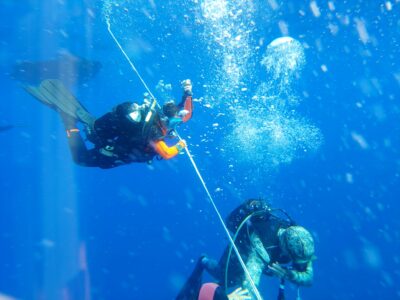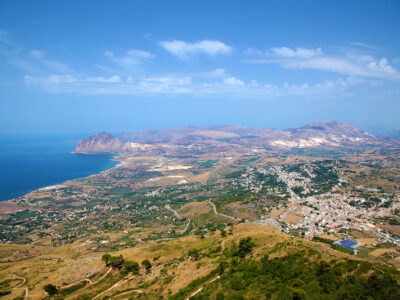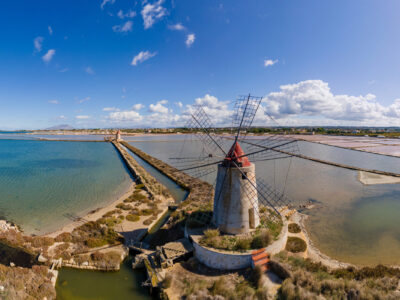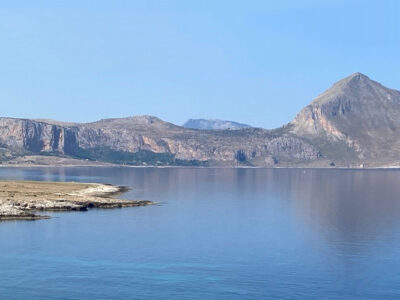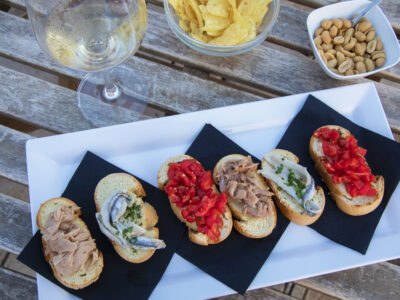Extending over approximately 986 hectares, the Trapani saltpans represent a unique habitat for a very precious bird life and flora, giving hospitality to more than 200 animal species, as well as plant species, both macroscopic and microscopic, endemic and with a wide geographical distribution.
Its natural marshes, in fact, are a valuable food resource for bird life. This is the kingdom of the Chenopodiaceae (a family of flowering plants) which along the banks of the tanks and in the temporary salt marshes thrive in all their beauty.
The Reserve hosts several species (some of them even rare) of halophyte plants, like the Cynomorium Coccineum (Maltese Fungus), Limoniastrum monopetalum, Calendula maritima (Sea marigold), Limonium ponzoi, Limonium lojaconoi, Limonium densiflorum and ferulaceum, Matthiola tricuspidata (wild wallflower), Lygeum spartum and Lotus commutatus.
While among the birds we find spoonbills, flamingoes, great white egrets, glossy ibises, widgeons, pochards, teals, mallards and many nesting species, such as black-winged stilts, Kentish plovers, little terns, shelducks, pink gulls, redshanks and avocets (symbol of the reserve). Kestrels, marsh harriers or ospreys can also be observed.


